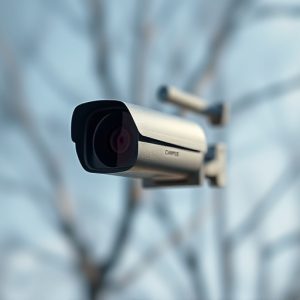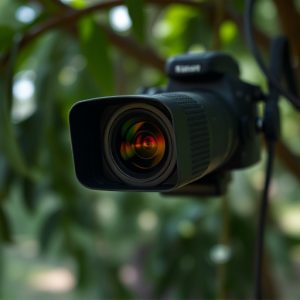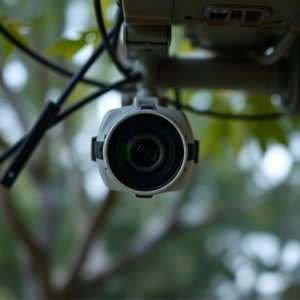Uncovering Hidden Cameras: A Guide to Spotting Mini Surveillance Devices in Apartments
Mini Surveillance Cameras for Apartments offer enhanced security with high-resolution footage day an…….
Mini Surveillance Cameras for Apartments offer enhanced security with high-resolution footage day and night, while their discreet design allows strategic placement without compromising aesthetics. They deter intruders, provide evidence in breaches, and are ideal for tenants seeking privacy and property managers aiming for secure living spaces. Legal considerations, including transparency and responsible use, must be strictly adhered to when implementing these tools.
Uncover the art of identifying covert recording spots with our comprehensive guide. In today’s digital age, understanding mini surveillance cameras for apartments has become essential for both tenants and landlords. This article delves into the technology behind these tiny yet powerful tools, exploring effective methods and tools to detect hidden recorders. From legal considerations to ethical use, we navigate the intricate world of covert recordings in apartments, ensuring you’re informed about every angle.
- Understanding Mini Surveillance Cameras for Apartments: Unveiling the Technology
- Identifying Covert Recording Spots: Methods and Tools
- Legal Considerations and Ethical Use of Covert Recordings in Apartments
Understanding Mini Surveillance Cameras for Apartments: Unveiling the Technology
In the realm of apartment security, Mini Surveillance Cameras for Apartments have emerged as a discreet yet powerful tool. These compact and often hidden cameras offer a level of vigilance that can deter potential intruders and provide invaluable evidence in case of any security breaches. The technology behind these mini cameras is sophisticated yet user-friendly; they are capable of capturing high-resolution footage, often with night vision capabilities, ensuring round-the-clock monitoring.
The design of Mini Surveillance Cameras for Apartments is what sets them apart. Their diminutive size allows for strategic placement in hard-to-see areas while maintaining a sleek and unintrusive appearance. Many models are equipped with motion sensors, triggering the camera to record only when there’s activity, conserving storage space and battery life. This advanced technology makes them an attractive option for both individual tenants seeking enhanced privacy and property managers aiming to maintain secure living environments.
Identifying Covert Recording Spots: Methods and Tools
Identifying covert recording spots requires a combination of meticulous observation, advanced technology, and legal considerations. One effective method involves utilizing mini surveillance cameras for apartments or other spaces where potential hidden recordings might occur. These tiny, discreet devices are designed to blend into their surroundings, making them ideal for unearthing clandestine audio or video equipment. By strategically placing these cameras in common areas, bedrooms, or even within walls, individuals can gain valuable insights into potential recording devices that may be operating without their knowledge.
Professionals and concerned individuals alike can leverage specialized tools like heat detectors, infrared technology, and signal jammers to further assist in the identification process. Heat detectors, for instance, can pinpoint electronic devices emitting heat signatures, while infrared cameras visualize what regular visible-light cameras cannot. Signal jammers are used to disrupt or detect wireless signals from hidden microphones or cameras, ensuring that no recording goes unnoticed.
Legal Considerations and Ethical Use of Covert Recordings in Apartments
When utilizing mini surveillance cameras for apartments, it’s crucial to understand and adhere to legal considerations and ethical guidelines. In many jurisdictions, there are strict regulations regarding covert recording in private residences. Typically, all parties involved must be made aware of the presence of a camera system. Failure to do so could result in significant legal repercussions, including potential charges for invasion of privacy or breach of security laws.
The ethical use of covert recordings is equally important. Landlords and property managers should only deploy such devices for valid reasons, such as ensuring building safety or preventing unauthorized access. Moreover, the data collected must be securely stored and accessed only by authorized personnel to protect tenant privacy and prevent misuse. Transparency and responsible handling of these recordings are paramount to maintaining a safe and ethical living environment.
In conclusion, understanding the technology behind mini surveillance cameras for apartments and employing effective methods to identify covert recording spots are essential steps towards maintaining a safe living environment. While these tools offer valuable insights, it’s crucial to navigate their use within legal boundaries and ethical frameworks, ensuring privacy rights are respected in the digital age.


